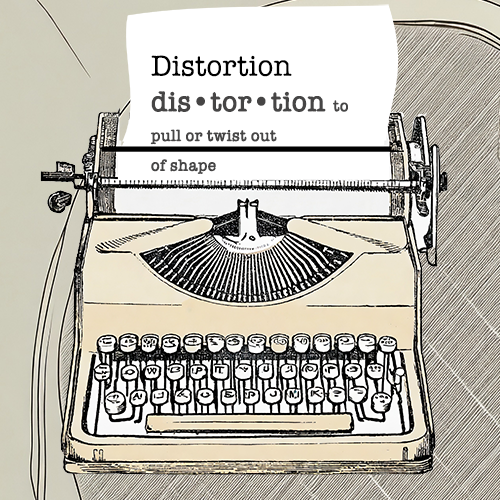Distorted Thinking Usually extends long After the Repair of the Life Altering Event
 There are many distortions that come on the heels of a traumatic experience. There are over two dozen types of faulty thinking but in this post I am focusing on TWO that I see first when a trauma occurs. I hope to help you understand these first few days and how to be of help.
There are many distortions that come on the heels of a traumatic experience. There are over two dozen types of faulty thinking but in this post I am focusing on TWO that I see first when a trauma occurs. I hope to help you understand these first few days and how to be of help.
THE DOOM LOOP — A DORMANT BELIEF STRUCTURE
Trauma from the past often keeps a victim in what is known as a “doom loop.” If you have already fallen prey to this distortion then the most recent event of shock will fall in line and make these thoughts of despair more unmanageable. I have seen this with first responders. They often handle the ache of hoping that they might be part of saving a life by being very cynical.
As you listen you hear sentences that replay a hopeless narratives. Every future thing that might be positive is expected to fall apart in the same manner that one sees in the current tragedy.
This cynical approach is understandable because an essential part of one’s life has disintegrated. Note: I wouldn’t say the following words of Einstein to a hurting individual in the first week after a life altering event but it is helpful to keep it in mind for later.
“ We can’t solve problems by using the same kind of thinking we used when we created them.
Albert Einstein
Many People can Find Resilience and overcome their concrete Problems.
Many People can endure harm to their body and use their resilience to adopt a medical plan of recovery.
Most often the issue is the beliefs that linger for decades. They begin in an intensity and they take root and become a way of life if these distortions are not dealt with early on in the process.
Gabor Mate explains this well
Trauma is not what happens to you.
Trauma is what happens inside of you as a result of what happens to you.
2 Distortions to Be Aware of When Trauma MOVES INSIDE
Here are two distortions that often are active in the first days after a traumatic discovery such as news of a cancer diagnosis or an experience like a life threatening bombing or act of crime:
1. Labeling and Mislabeling – this involves describing actions or events inaccurately.
It is not just that shock has set in, though that does matter. It is the sense that in order to put distance between yourself and the trauma you might say,
“This is no big deal.”
“Why bother having a talking day?”
Another way to mislabel what actually happened is to protest saying,“Others have it worse.”
If this happens the victim is having difficulty giving the event the full gravity that it deserves. If others join in and minimize or scramble your experience in to fit their agenda, this type of minimization is rewarded.
It can be especially hard to fight this distortion. Over many years the distortion becomes a life narrative. Habits of the mind become a specialized way of approaching all types of life events.
You can see, then how this is the long term injury of a trauma. It shapes your insides long after the outside has been stitched up so that wound is not seen.
2. Personalization –
Personalization involves attributing blame to yourself for an event where the responsibility is not fully yours, only partly yours or not yours at all. It is tempting soon after a crisis because it brings order to chaos. As you contend with having no power over natural disasters or people that injure you it feels balancing to dissect the situation and find a place in the narrative where you can be to blame for the trauma. We learned how potent this distortion was initially in the world of divorce recovery. A parent could tell a child ten times that they did not cause a divorce but for years and years the child will hold to a theory that their short temper made the marriage fall apart. It gives short term power but long term pain to use personalization to handle trauma.
| not assigned | The Trauma Experience |
Related Posts
- 3 Trauma Stories & 3 Take-Aways
- Automatic Obedience and Other Reactions
- Defining the Word Trauma
- Efficacy
- Exile Trauma
- Overfunctioning can be a Side Effect of Skipping a Talking Day
- Part Two- Unattainable Memories
- Paucity (Speech Pattern)
- The True Self & Trauma
- Time is Scrambled/*not linear
- True Self Part #2
- Unattainable Memories
